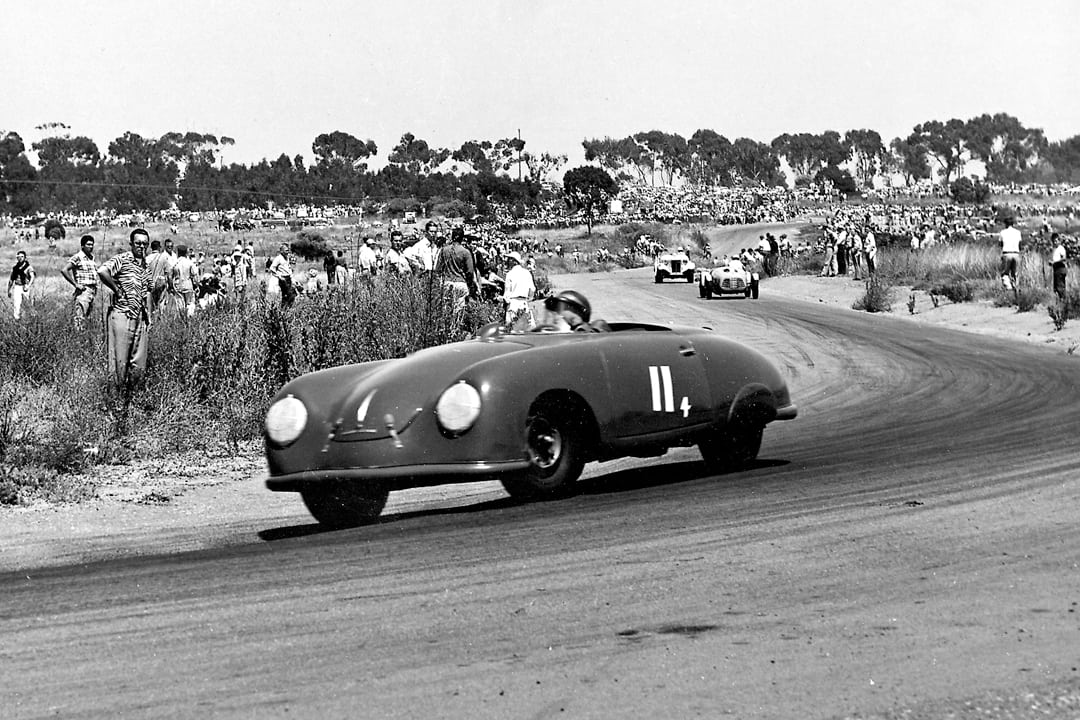John Von Neumann is an important name in the history of the second half of the twentieth century. A Princeton professor, he was an eminent mathematician and physicist, instrumental in the development of computer science, a participant in the Manhattan Project to develop the atom bomb and a Nobel laureate. Undoubtedly a genius, in his spare time, he speculated about economics and invented game theory.
There was, however, another John Von Neumann who was important to the development of the post-WWII sports car craze. We called him “Johnny.” And, interestingly, the two have more than the same name in common. Both families added the “Von” to their name (neither was from German peerage). Both fled Austria when Chancellor Kurt Von Schlusnik turned their country over to Adolf Hitler. Both immigrated to the United States.
No Subscription? You’re missing out
Get immediate ad-free access to all our premium content.
Get Started



